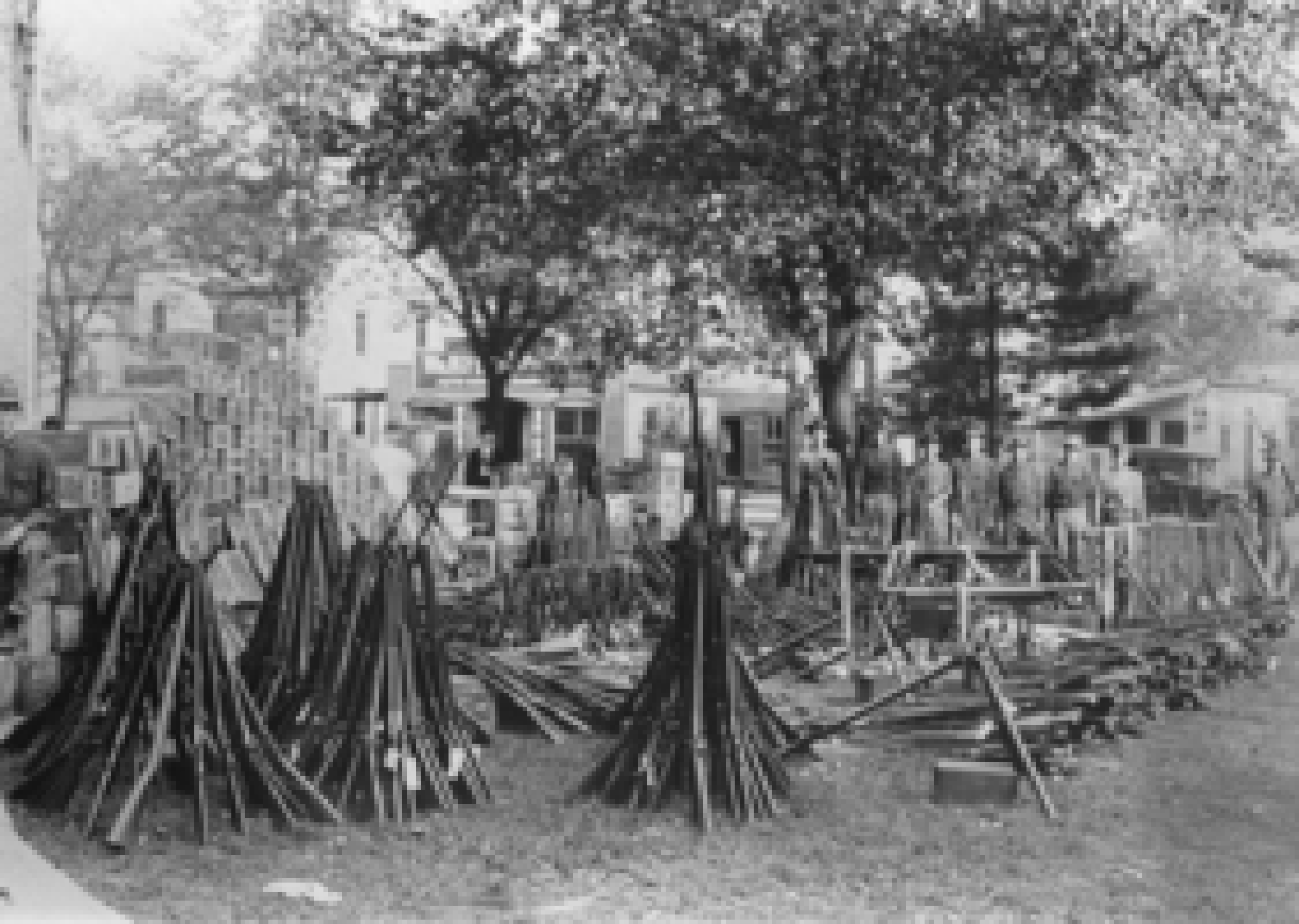On June 10, 1913, a U.S. Senate subcommittee opened hearings on the bloody Paint Creek-Cabin Creek strike in Kanawha County. This marked the first time a congressional committee had investigated the actions of a state government. The hearings were prompted by labor leader “Mother” Jones, who’d been held under house arrest in the Kanawha County town of Pratt. She’d secretly sent letters to the outside world through a trap door.
The letters reached the desk of U.S. Senator John Kern of Indiana. West Virginia Governor Henry Hatfield soon released “Mother” Jones from house arrest; however, by that time, Senator Kern had already launched his investigation into West Virginia. The committee’s findings came down hard on West Virginia politicians and coal operators.
The final report condemned the living and working conditions along Paint and Cabin creeks and denounced coal industry methods for weighing coal and paying miners. Mostly, though, it criticized West Virginia government and military officials for continually violating the miners’ constitutional rights, court-martialing union activists while civil courts were still open, and denying strikers their right to due process of law.




















